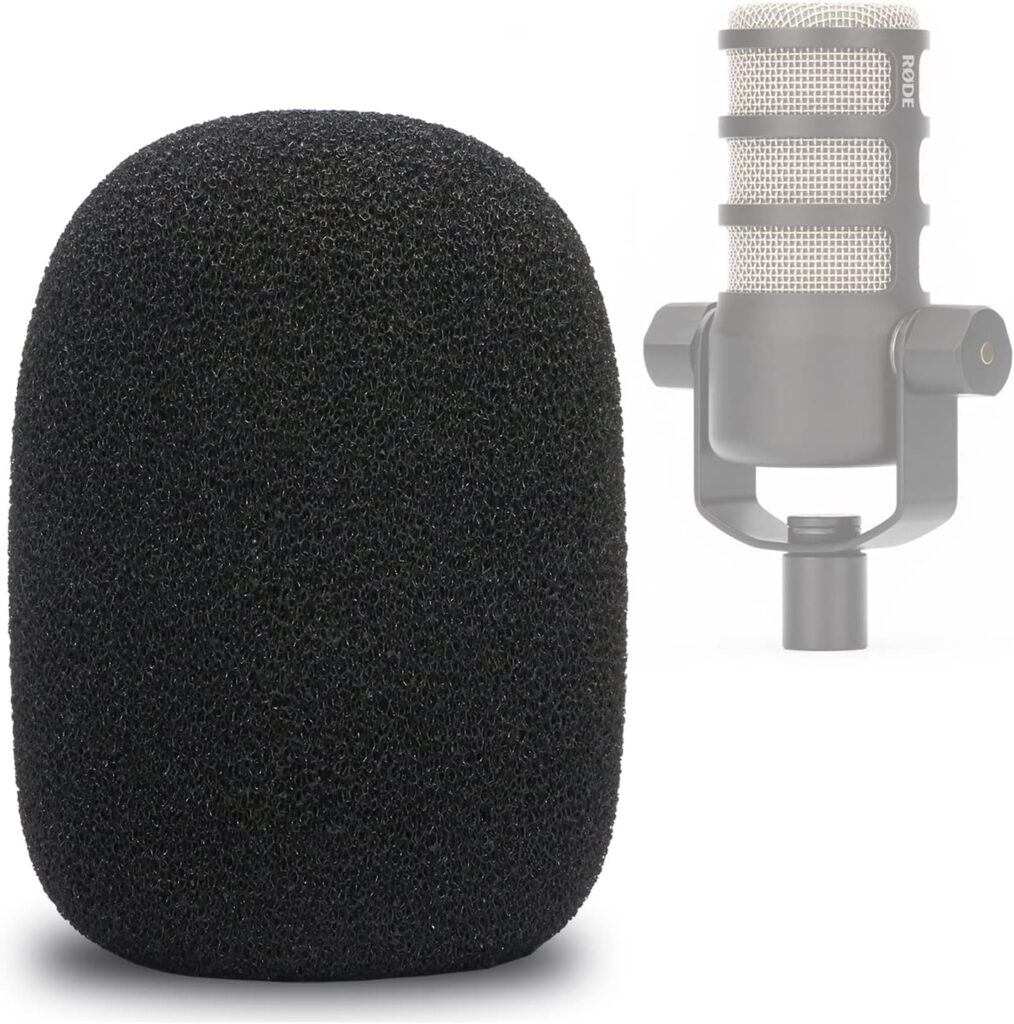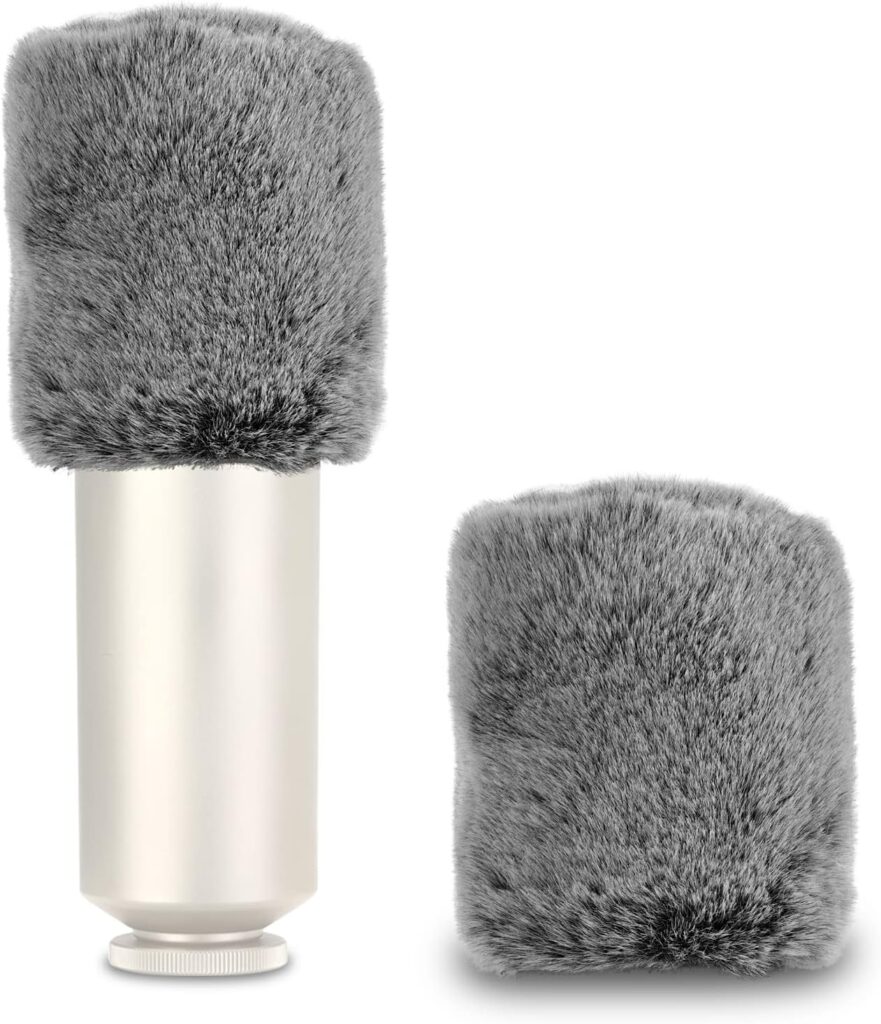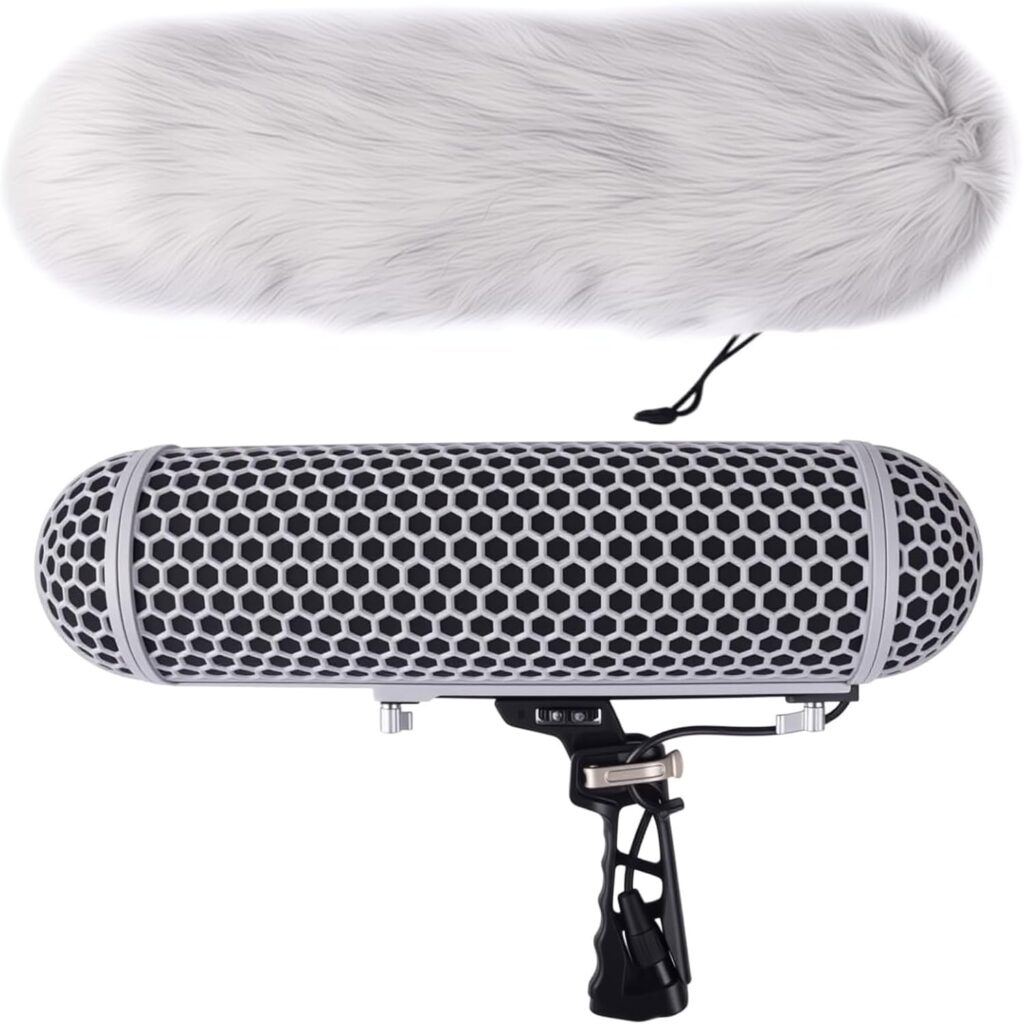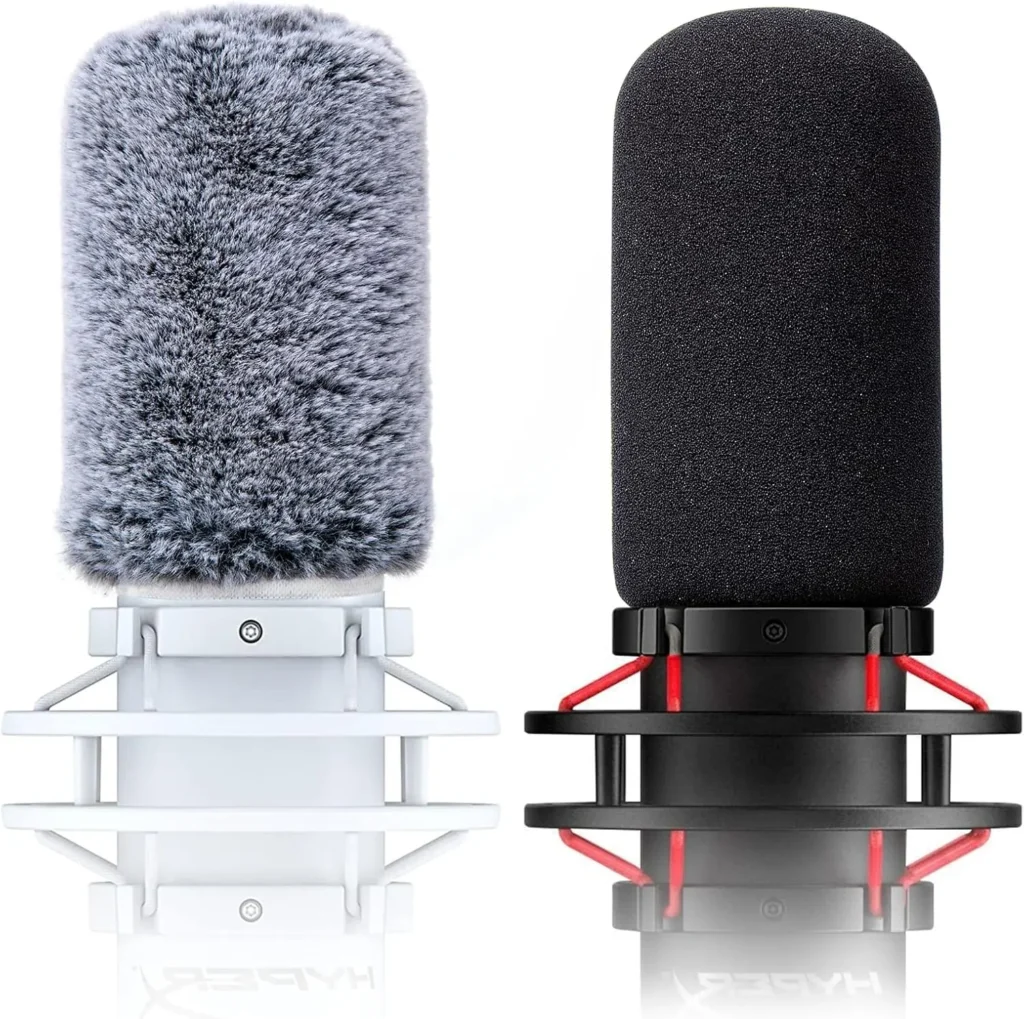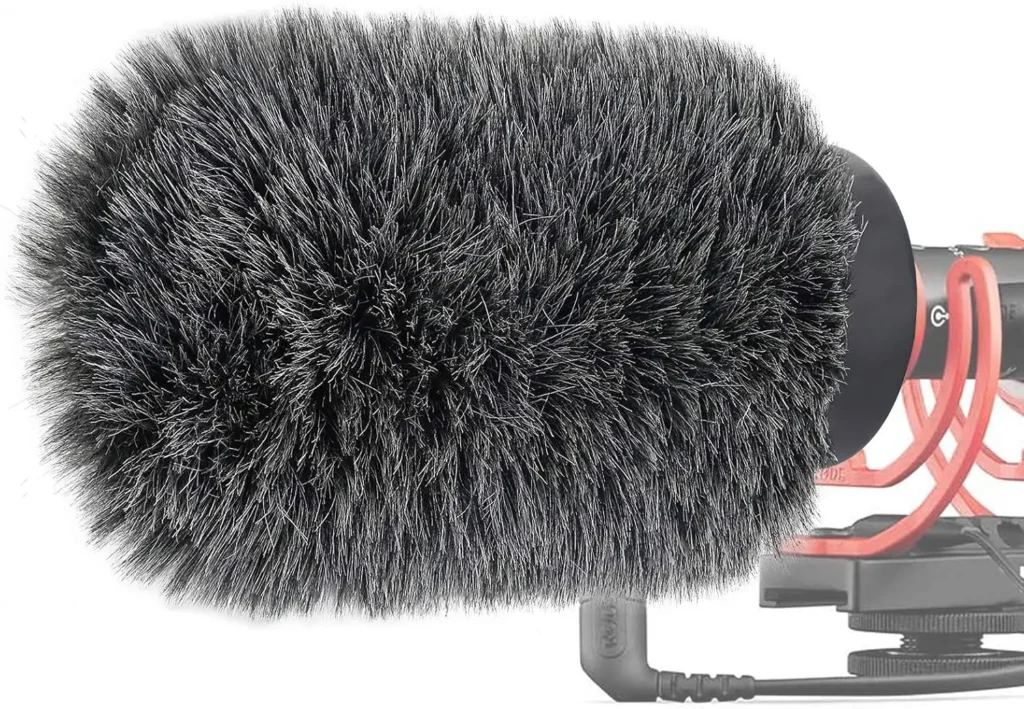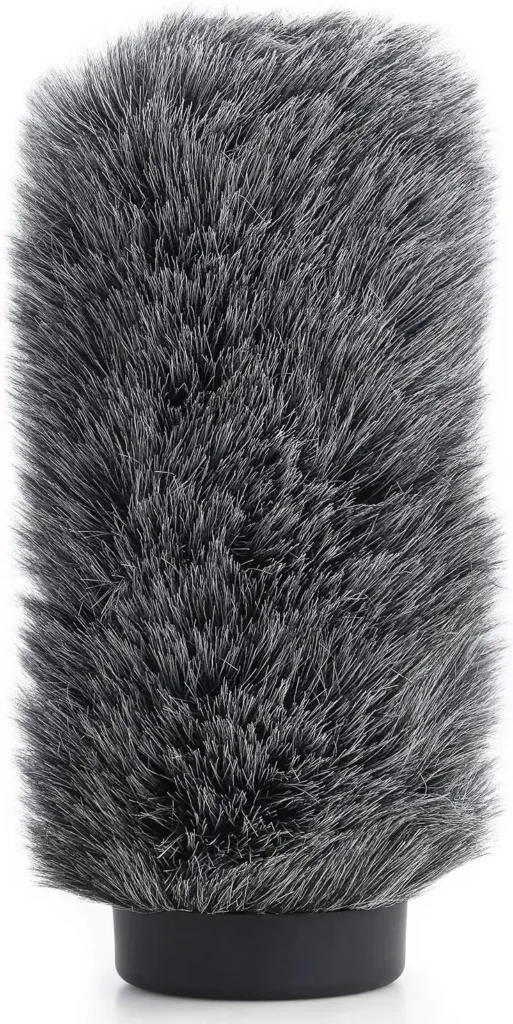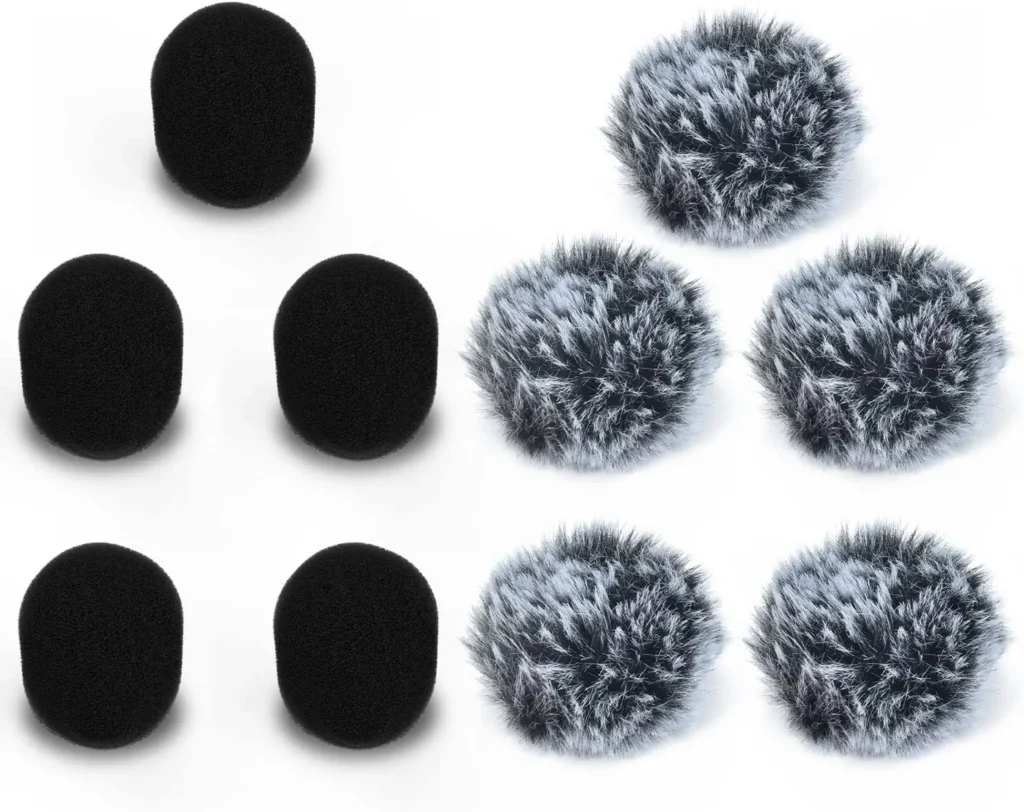How do you find the right microphone windscreen for you? High-quality windscreens in comparison - deadcats and other windprotectors
As soon as you go out with a microphone, it happens: the wind is everywhere and makes your recording unusable. But do you need a huge microphone windscreen like a meteorologist or is a light foam material enough?
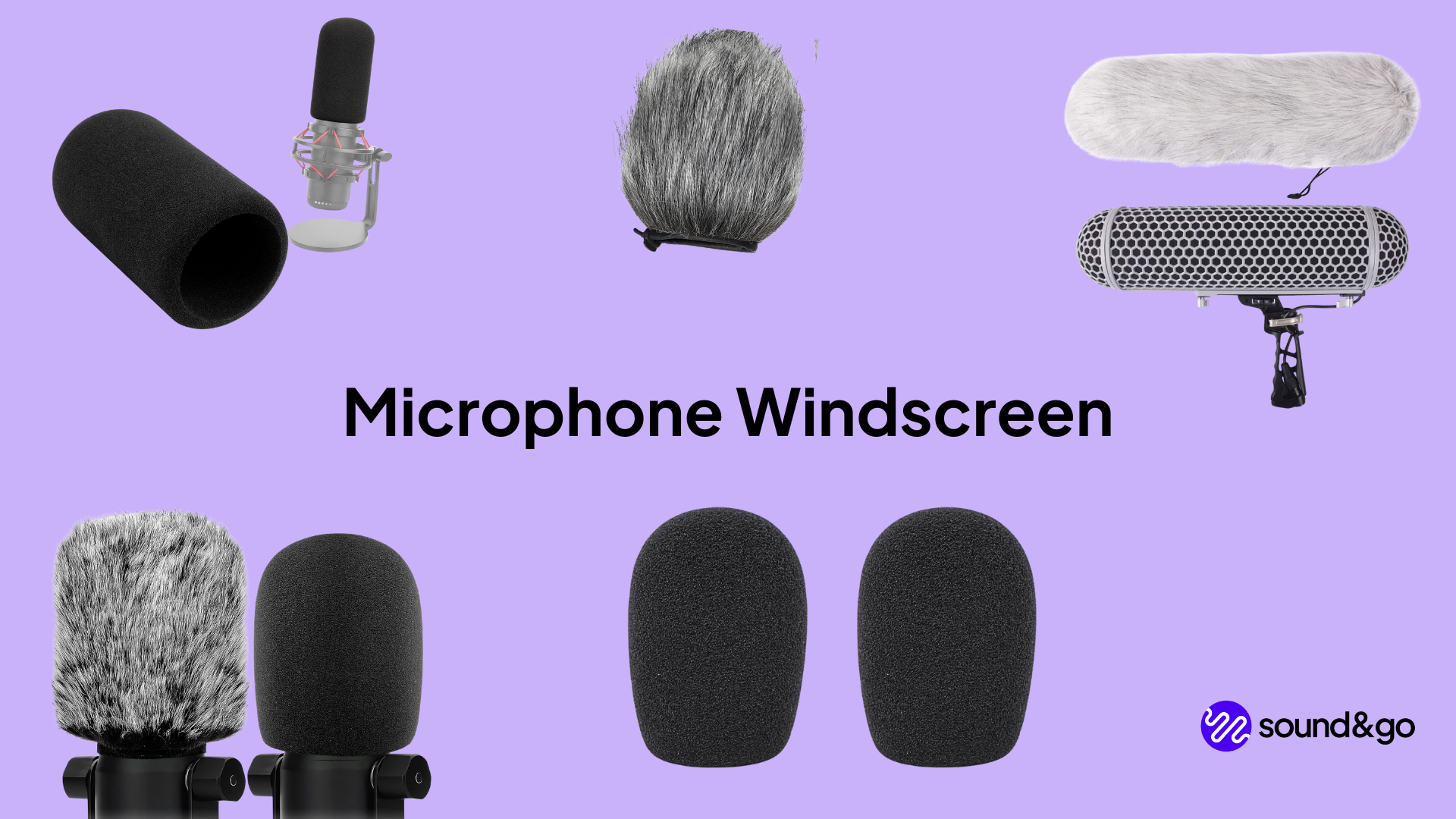
As compatibility is more important than the model itself, there is no classic recommendation of a product, but examples.
TL;DR: Our recommendations
- Use our affiliate links and support our work.
Our website is free of advertising banners and we state transparently when we have been sent a product. By purchasing from our affiliate partners you do not pay more and support us. Thank you!
The best windscreen for you is one that fits your microphone!
You might be interested in this:
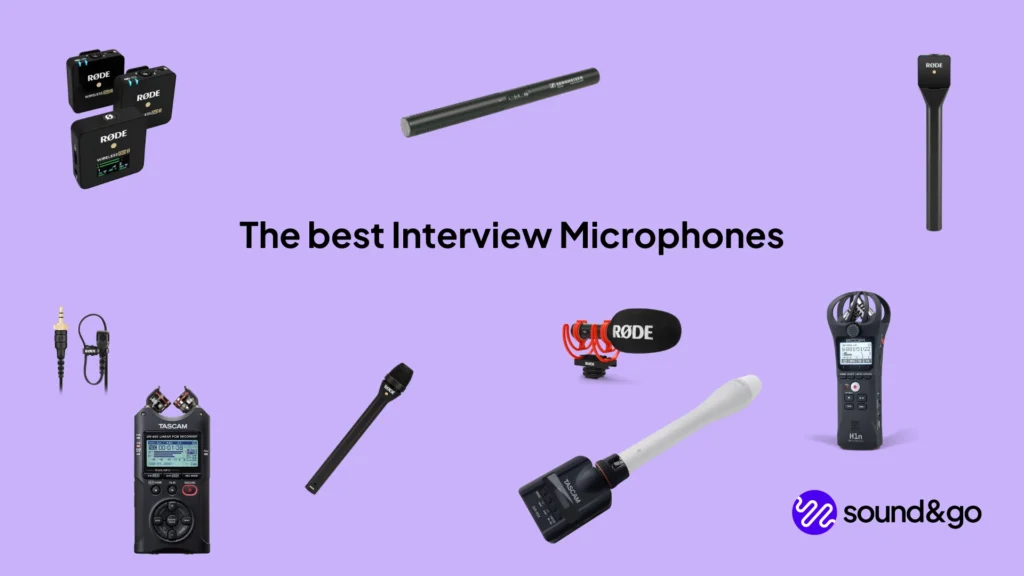
The best interview microphones
Of course, we don’t know which microphone you are using, because there are many sizes and variants, from tiny wireless microphones to interview microphones and USB microphones. So please check compatibility yourself! Microphone windscreens are easy to find, especially from well-known microphone manufacturers.
The best way to check compatibility is to check the diameter of your microphone. Measure the widest part of the capsule and then look for a suitable microphone windscreen. If you have a well-known microphone, such as a Røde NT1-A, you can of course also search for your model name and are sure to find what you are looking for on Amazon or Thomann. If you are looking for a really cool windscreen, you can also search for your microphone at Sound Professionals, where there are many models on offer.
How to find your windscreen:
- Measure the microphone diameter (at the widest point of the capsule)
- Then search specifically for foam or fur for this diameter
- Or: Google directly for the model name of your microphone (e.g. “Røde NT1-A windscreen”)
What material do I need?
There are basically three variants:
Foam: Is always placed directly over the capsule and absorbs light wind, especially in the flow of speech. It is also often used as pop protection, as plosive sounds are attenuated. Not recommended if you often record outside!
Faux fur: Would be our choice if you often record outside. Rather strong sounds are absorbed well, indoor use makes less sense as the treble is also slightly less pronounced.
Professional system: For the best sound quality outdoors. Good in windy conditions as well as with handheld microphones or shotgun microphones. A combination of a windscreen with an elastically mounted holder for the microphone. An artificial fur is then stretched around the windscreen.
Foam advantage: pop protection and own logo
- Inexpensive and lightweight
- Integrated pop protection
- Option: branded with your logo
Advantage of synthetic fur: get rid of wind noise efficiently
- Very good attenuation of wind noise
- Suitable for indoor & outdoor use
- Fits many microphones (elastic cord)
Advantage of the Pro System: Elastic bearing and professional protection
- Professional suspension decoupled from structure-borne noise
- Best wind protection in adverse conditions
- Standard in the film and broadcast industry
Tip: Microphone windscreen for headsets and smartphones
Of course, small devices also benefit massively. For example, if you like to record vlogs, reels or other content quickly on your cell phone, you may also have wind problems. There is a very inexpensive solution here: Some craft stores sell faux fur patches or foam patches. If you make sure that these parts are self-adhesive and as thin and permeable as possible on the adhesive side, then this is a good and, above all, very inexpensive alternative.
How and why a windscreen can improve the sound quality of your recording
You may have wondered why some recordings sound so clear and pleasant, while others are immediately noticeable due to background noise. A decisive factor here is the right wind protection. Microphones are very sensitive to air movement. It doesn’t matter whether you are standing outside in the wind or simply speaking into the microphone. Even a strong breath or a clearly spoken “P” can lead to an audible pop.
A windscreen ensures that such air blasts are intercepted before they hit the microphone capsule. The result is a clean, even sound without rumbling, hissing or clipping. This is particularly important when recording outdoors, as the wind can otherwise render an entire audio track unusable. But wind protection is also worthwhile indoors. Especially if you are recording podcasts, shooting videos or conducting interviews, a foam attachment will help you to produce a more pleasant sound.
A puff not only improves the recording quality, but also makes your work more relaxed overall. You have to do less post-production and can concentrate more on the content. And the best thing is: even small, inexpensive windscreens make an audible difference.
Conclusion: faux fur is the best microphone windscreen, individual solutions are possible!
If you work outdoors, a synthetic fur windscreen is often the best compromise between price, mobility and performance.
In the studio, a foam attachment is often sufficient; for professionals, a complete Rycote system is unbeatable in terms of quality.
Our advice: Measure your microphone diameter, make a targeted comparison and don’t buy “blindly”. A good microphone windscreen costs little, but can make the difference between a usable and unusable recording.
Frequently asked questions (FAQ)
1. what is the difference between a pop shield and a wind shield?
A pop screen is usually a nylon or metal net that is attached in front of the microphone. It is primarily used to dampen plosive sounds (“P”, “T”).
A windscreen, on the other hand, sits directly on the microphone and also protects against air movement (e.g. wind, breath, movement). It is irreplaceable for outdoor recordings.
2. can I use foam and synthetic fur at the same time?
In fact, this is common: many professional models combine both. The foam dampens sudden breathing air or pop noises, while the synthetic fur reduces wind noise. This combination ensures a particularly clean sound.
3. which is better: protection or an equalizer in post-processing?
An EQ can mask some interference afterwards, but it cannot remove it. Distortions, clipping or rumbling cannot be repaired cleanly. A windscreen ensures that these problems do not arise in the first place.
4. how do I find the right one for my microphone?
Measure the diameter of your microphone capsule (in mm) and search specifically for windscreen models of a suitable size. For branded microphones, you can also search directly by model name, e.g. “Røde NT1-A windscreen”. Alternatively, specialized stores such as “Gutmann” offer tailor-made solutions.
5. does an artificial fur change the sound?
Yes, minimally. Synthetic fur in particular can slightly dampen high frequencies. With high-quality models, however, this effect is barely audible and is disproportionate to the protection gained.
Foam is therefore often recommended for studio recordings, artificial fur or a professional system for outdoors.
You might be interested in this:

The best interview microphones
Links marked with * are affiliate links. There are no additional costs for you, some of these links are with an automatic discount for you. We mark these links for transparency and would never recommend bad products. Find out more here: Our partners.

